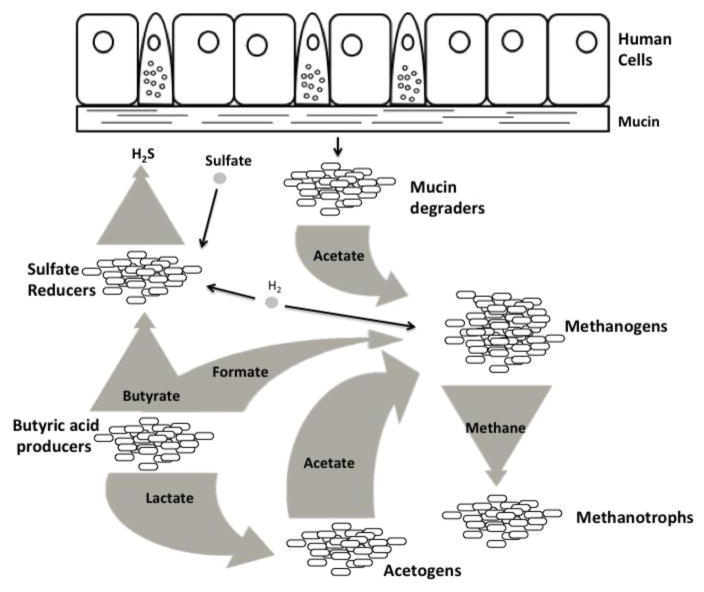Figure 1. The gut microbiome consists of a tangled web of interdependent microbial species.
Host epithelial cells produce mucin (top), which is metabolized by mucin-degrading microbes into molecules that other species can use, such as the short-chain fatty acid acetate. Other microbes produce molecules such as butyrate, formate, lactate, and methane, all of which are essential to the metabolism of certain species. Many species are both dependent on other species for their metabolic needs and depended on by other species; for instance, acetogens (bottom, middle) depend on butyric acid producers for lactate, and produce acetate used by methanogens.

